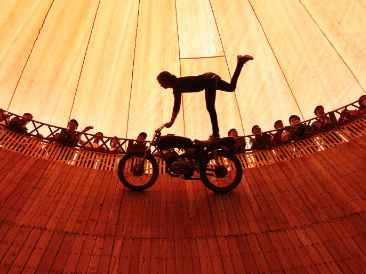When the film “It Was Just an Accident" (2025) premiered at Cannes 2025, it captivated audiences — not just for its gripping story but also its harrowing behind-the-scenes creation. Directed by Jafar Panahi, the 2025 Palme d’Or winner was his first feature since his 2023 imprisonment in Iran for protesting the arrest of a fellow filmmaker. Pahani applied those experiences into the film, which explores political repression through the eyes of six people who must decide whether to confront the man they believe once tortured them.
While the film explores the heavy, moral weight of vengeance and justice on screen, the production team faced just as serious real-life challenges behind the camera — shooting and editing a film that risked political retaliation, exile, incarceration, or worse.
Editing in the shadows
Due to filmmaking limitations in Iran, “It Was Just an Accident” had to be shot and edited entirely in secret. When Panahi asked editor Amir Etminan to join the project, he made the risks clear: if their work was discovered, Etminan faced potential arrest and a permanent ban from the country.
As a result, Etminan started cutting the film from a safehouse in Tehran. Under constant threat of discovery, he worked completely offline for safeguarding, completing 18-hour days editing in Adobe Premiere on a modest 2020 MacBook Air with just 8GB of RAM and 128GB of storage.
The footage — more than 2TB of daily RED Komodo material — was far too large for his machine, so Etminan devised a strategy: creating lightweight proxy files with Media Encoder and storing these on ultra-fast SSDs. The original footage was hidden in different locations across the city to evade raids. Working completely alone, without an assistant or post-production team, he shouldered the entire initial assembly process himself.
Even under these conditions, Etminan maintained a meticulous workflow. He double-organized every file by shooting day and scene, reviewed every take (even those marked rejected), and carefully sorted audio, music, and visual assets into clearly labeled folders. “My guiding principle is simple,” he said. “If I open this project ten years from now, I want to find everything immediately.”
Premiere Pro’s fast performance — even on an older computer — also allowed Etminan to easily get color, audio, and even some VFX compositing to a polished state. Much of the work was already near-final before he sent the project over to France for the remaining post-production needs.
From learning the craft to mastering collaboration
Growing up in a small town on the border of Turkey and Iran, Etminan had no access to formal training and instead taught himself to edit by digitizing family VHS tapes and experimenting on his own. Eventually, he taught himself Premiere and started building his career as an editor. “Premiere has become the core of my creative world,” he explains. “What I really appreciate is that Adobe stands by both professionals and beginners alike, supporting industry experts as well as students and newcomers just starting their creative journey.”
Working with Panahi expanded Etminan’s skills even further. Panahi pushed him toward frame-level precision, down to details like how the flutter of a bird in the background could affect the rhythm of a cut. Etminan described the experience as a masterclass in filmmaking: “Years of working with [Panahi], learning the grammar of Iranian art-house cinema, was a beautiful and rewarding journey.”
The cost and the triumph
For Etminan, finishing the cut was not just about artistry but survival. For Panahi, it marked a bold return to the global stage. Through long days, hidden hard drives, and the constant threat of discovery, the creation of the film was always an act of resistance.
“It Was Just an Accident” is a testament to resilience, creativity, and the unbreakable human will to tell stories that matter. It’s now playing in U.S. theaters nationwide.




